Well-known quotes from Hollywood blockbusters rarely get into car stories, but David Brown, the man behind Mini Remastered, produced one last week while explaining how he intends to cope with the unexpectedly high demand for his new family of modernised, customised classic Minis.
“Well,” he said, nicking Roy Scheider’s famous line from Jaws, “we’re gonna need a bigger boat…”
When the Remastered idea was revealed about six weeks ago, Brown and his small team talked about initial production of about 100 cars a year, a settle-down volume of about 250 and delivery of the first car this November. But by the end of the first day, serious enquiries – some from as far afield as Japan and Australia – had topped 650, and now the number has swelled beyond 2000. The phone rings all the time.

The company’s tiny sales team (comprising people who do other jobs but have had to learn a new skill) has started taking £2000 deposits so those with a particularly severe case of gotta-have-one disease can be on a waiting list. It’s not that the company really wants a waiting list at this stage; more that it’s a way of coping with relentless customer pressure. Brown calls the response “brilliant”, but also knows it’s going to force a re-think of his business model.
David Brown Automotive has long planned a move this month into new factory at Silverstone. The place was planned as home base for both the Mini project and Brown’s existing Speedback business: for several years DBA has been building an ultra-low volume £600,000 GT car with styling reminiscent of an Aston Martin DB5, based on the inner architecture of the all-aluminium Jaguar XK. But with orders already reaching into production years ahead, he knows he’ll have to think again – hence the “bigger boat” observation.
Any rethink will have to start with consultations with suppliers about their ability to deliver more components, Brown says: “In the meantime, our job is to make sure the cars are ready for production in every detail. We wouldn’t want to start and then find we had to make alterations.” He understands the requirements of production better than most people: one of his biggest businesses was a dump-truck manufacturing concern that started out making just one vehicle in its first year, but built up to produce 7.5 of these mammoth £300,000-plus vehicles every day – before his firm was bought by Caterpillar.

Why choose to remake Alec Issigonis’s famous little city car? “We’d been thinking about a new project for quite a while,” says Brown. “It had to be something with a bit of volume attached to it. Remastering and improving a famous British car seemed the most appealing idea. There were some obvious candidates such as the E-type, but the Mini appealed most of all.”
For the big Remastered announcement, Brown and DBA built three prototypes to show off potential themes: a luxurious Monte Carlo, a more basic Club Sport and a traditional Classic, ranging downward in price from £85,000 to £75,000 (before local taxes).
The prototypes may look rather like original Issigonis Minis (they have identical dimensions), but they are equipped and finished to far higher standards than those ever contemplated by Austin-Morris, BL, Leyland Cars, BLMC and the rest of the straggle of companies that built almost 5.4m Minis over 41 years.
Officially, DBA refurbishes Minis, rather than making new ones, which means it will never get into the copyright trouble that has dogged other revival schemes. It works with existing cars, obtaining new shells from British Motor Heritage (a legitimate form of restoration) then sets out on a long, labour-intensive job of preparing and de-seaming them, refitting as much of the original equipment as is relevant, equipping each car with a 1275cc engine and much, much more.
Every car has a redesigned dash that looks right for the car, yet houses niceties like air-con, sat-nav, Bluetooth capability, a starter button, a classy hifi, four dashboard eyeball vents, electric windows and a starter button on the dash. The wonder is that this stuff all fits, without appearing to be squeezed in. Brown and his designer, Mike Sampson, have taken great pains to make sure the interior – leather seats, Alcantara headlining – looks compactly, professionally designed. And it does.
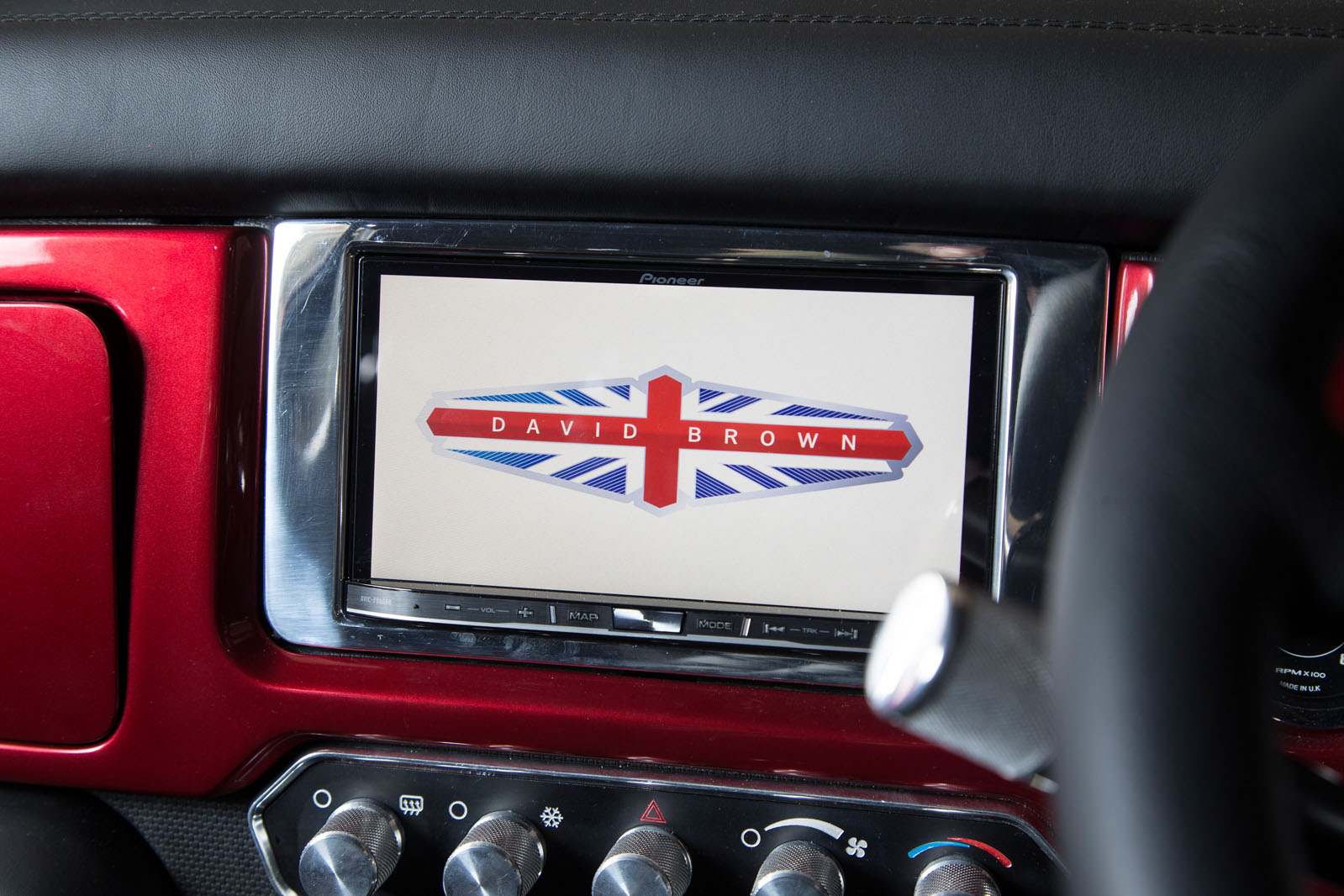
Sampson has designed an elegant new grille that splits the difference between an original Mini shape and that of the Speedback. It’s pretty and appropriate. The Mini’s unsightly roof gutters are made far less prominent and the unsightly diagonal seam over the car’s rear flank is removed completely, along with other body crudities. The boot gets an electric catch and loses its handle. Under the skin are new rubber suspension units, carefully chosen from around 20 varieties on the market after an evaluation programme that involved buying various existing cars.
DBA is fanatical about fit and finish: the whole assembly process takes 1400 hours (of which 400 are painting alone) and the finished car, though so familiar to look at, might have been made by Porsche. If someone in the US or Japan wants a car, DBA will import one from that market, do the work, and send it back.
Brown has his own associations with Mini, having owned one in his youth, and struggled like everyone else to modify it. Remastered, he feels, fits into that tradition of modified Minis, even if the price will stop many people. A stickler for detail, Brown admits it’s a special thrill to remanufacture a car that was never made well in the first place.
“I had two heroes in my life,” he says, “Roger Daltry and my Dad — Daltry because I love rock music; my father because he taught me everything. He’d talk a lot about the Mini. He reckoned it was a superbly engineered machine that was never made well. Maybe I’m compensating for that now.”

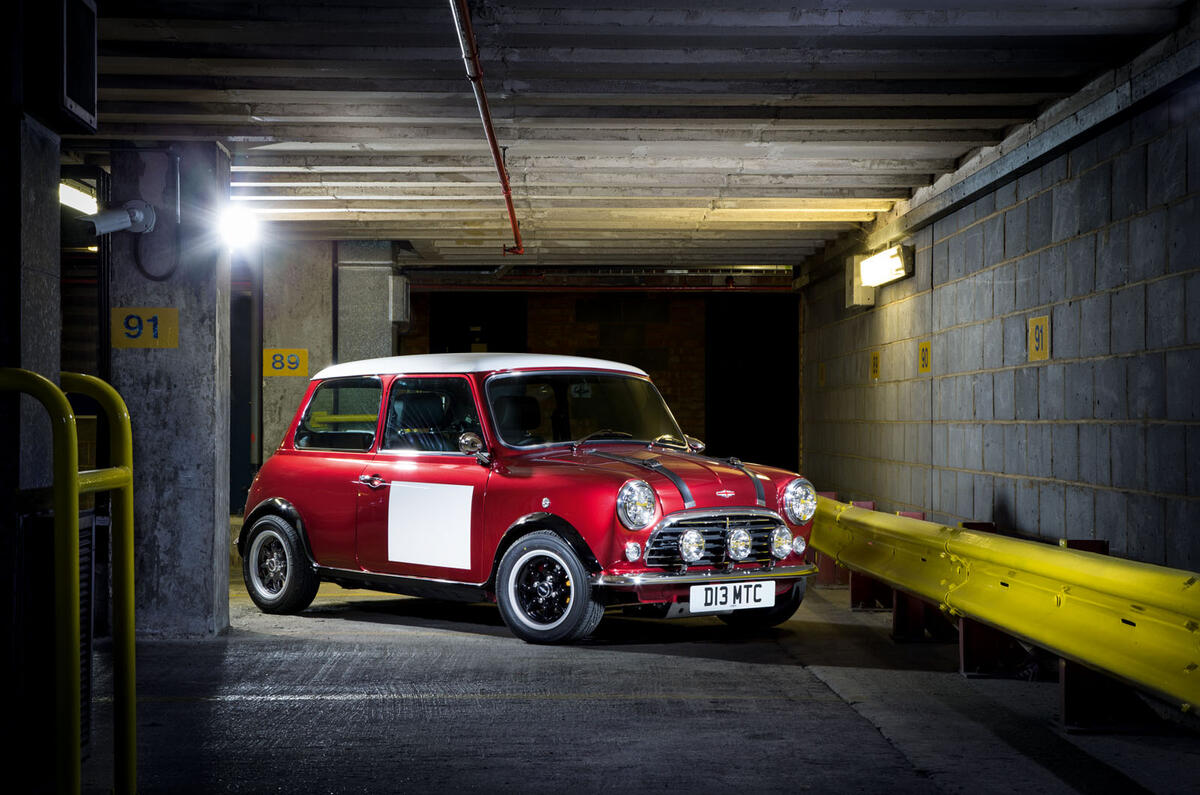











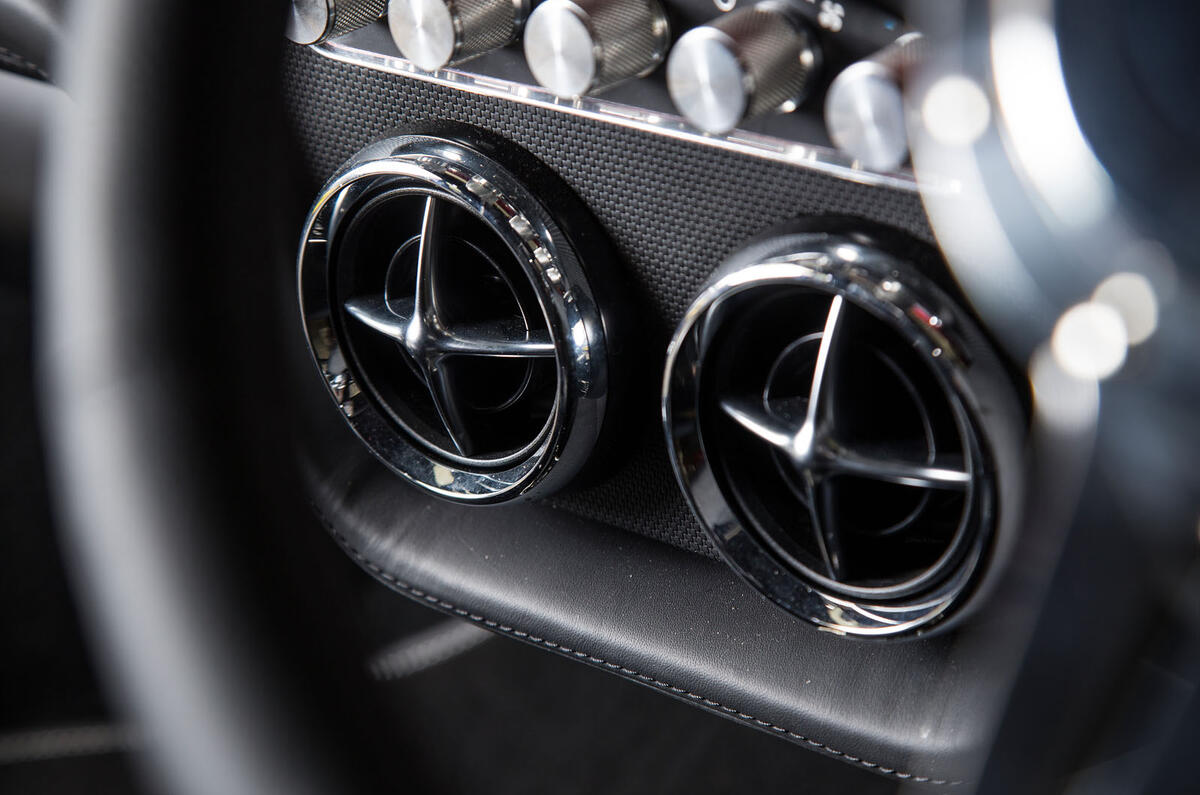










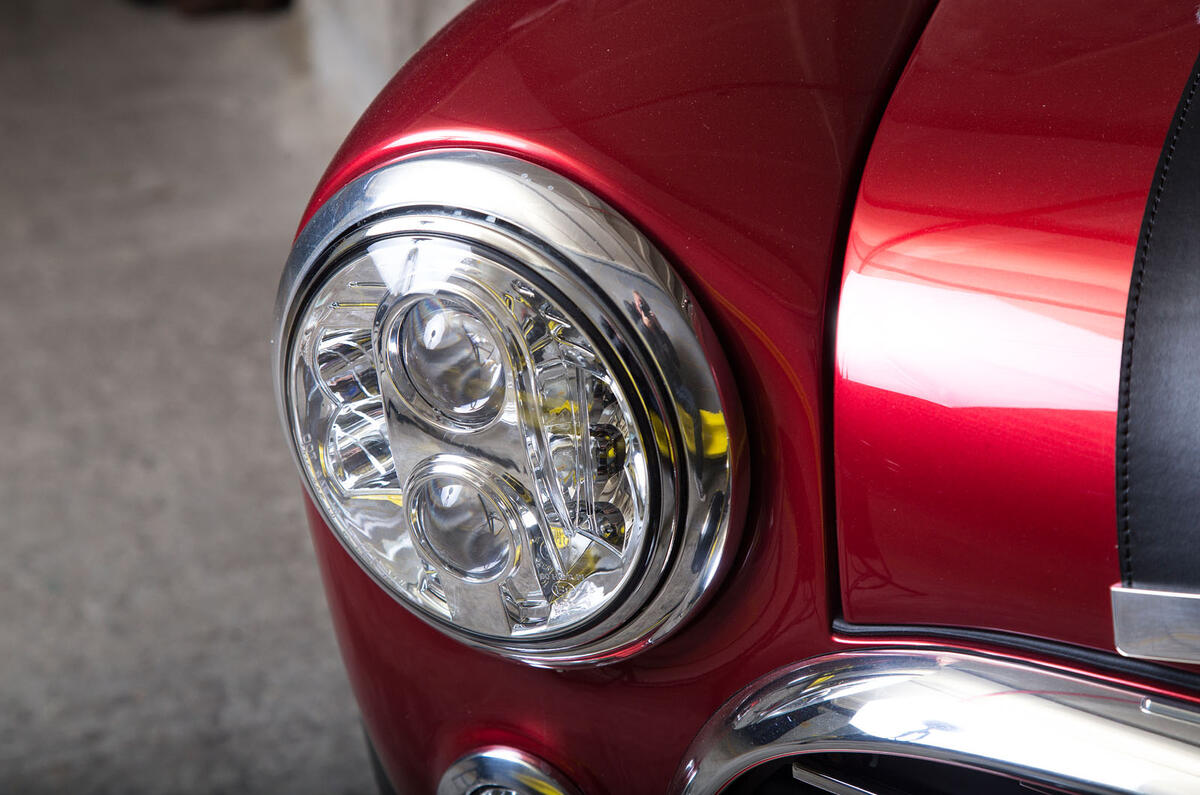














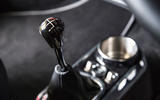






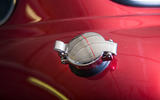














Join the debate
Add your comment
smokescreen38 + KiwiRob
i'm not sure anyone makes ford shells, but i haven't really looked for them
DB Mini
There's a few resto companies sourcing Escorts from South Africa & Australia, for the relatively sound bodyshells so it's not impossible especially for a limited run car. Still way out of my budget. But would be nice to see.
If I wanted a classic shape
Not keen on the rear lights,
And the leather straps look out of place, might suit a 1930s grand tourer, but not really a Mini. Some bonnet stripes might suit better.
Getting rid of the seams and gutters looks a lot cleaner, however those were part of the character of the original car. Even the mk1 "new MINI" (which has aged surprisingly well) paid homage to the diagonal seam on the front wing by having this as the rear edge of the clamshell bonnet.
The DB Mini would be a cracking little post-lottery-win weekend toy all the same :)